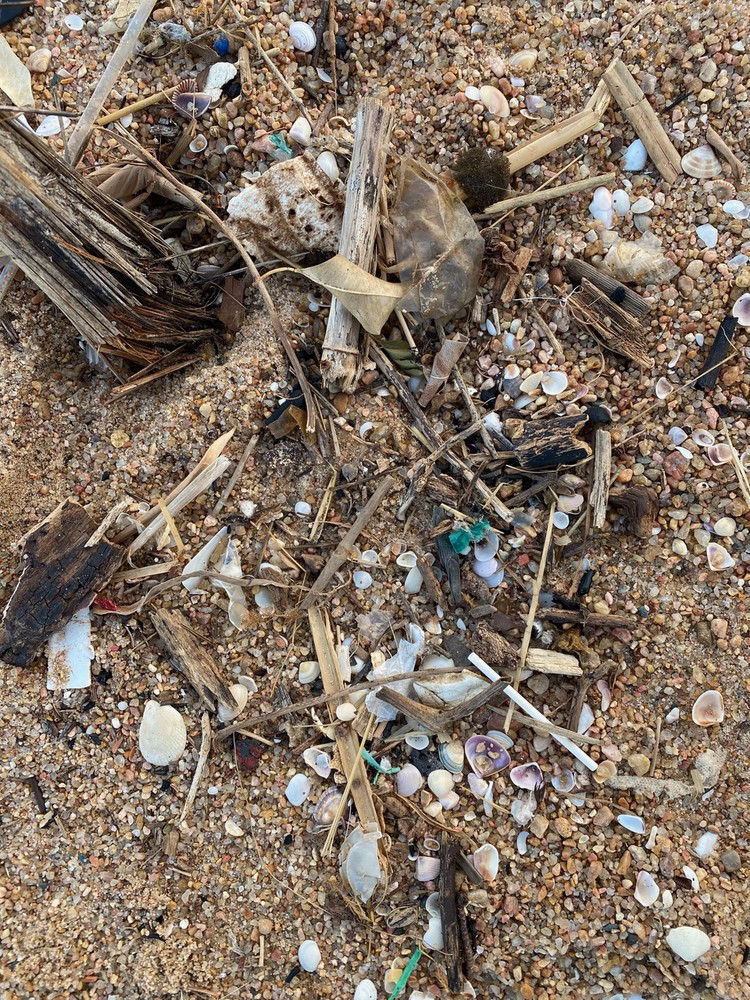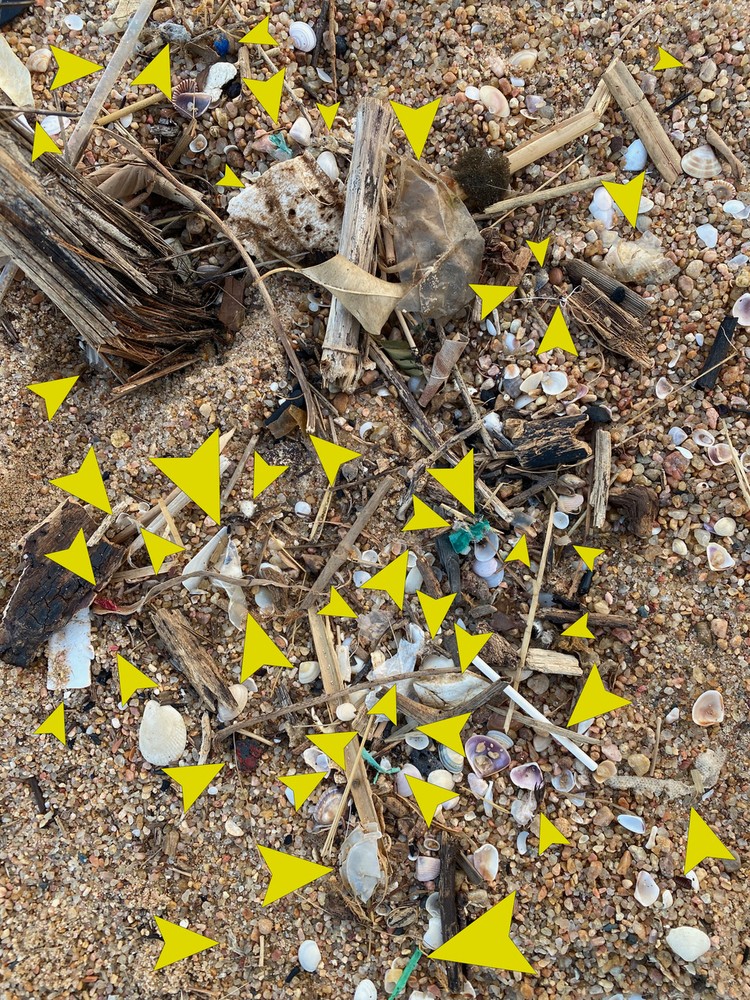Brainwashed by plastic: The plastic catch
Episode two of GroundUp’s six-part video series on microplastics
Watch part two of our six-part series on microplastics. Episode three will be out on 27 May.
In our first episode, we described the problem of microplastics.
These particles are found throughout the human body — including in major organs like the lungs, liver, and heart. A recent study even detected an average of 7g of plastic in the human brain — about the weight of a plastic spoon.
Sourced from plastic packaging, bottled water, synthetic clothing, and tyre dust, these fragments can be ingested, inhaled, or absorbed through skin.
Scientists are still racing to understand the long-term impact. Plastic may no longer be just a pollution problem — it’s potentially a human health issue.
The Plastic Catch
Between 1978 and 1980, Michel Lotito — better known as Monsieur Mangetout — gained notoriety for eating an entire four-seater Cessna aeroplane. From the landing gear to the wingtips, the aircraft was dismantled into bite-sized pieces and swallowed with the help of mineral oil and water. Lotito’s rare psychological condition, pica, fuelled his appetite for non-food items, turning compulsion into performance art.
For centuries, we relied on common sense to decide what was safe to eat. If something wasn’t too big, too sharp, or obviously poisonous, it was assumed to pass through the digestive system without much harm.
That was before plastic.
These days, we’re inadvertently copying Lotito. (He died of natural causes, incidentally, at the age of 57.)
More than 16,000 chemicals are associated with plastics. At least a quarter are known to harm human health or the environment.
These include phthalates, bisphenols, flame retardants, and PFAS — chemicals often added to make plastic more flexible, durable, or heat-resistant.
Plastics aren’t just passive particles. These chemicals leach into food, water, and other products, and once inside the body, they can interfere with hormones, weaken the immune system, damage cells, and reduce fertility.
Microplastics — plastic fragments smaller than 5mm — have been found in the brain, lungs, and heart tissue.
A recent study found that people with plastic in their hearts were at a higher risk of a heart attack or stroke. But we don’t yet know if plastics were the cause or just incidental to this.
Scientists are still piecing together the full impact. But what they already know is a cause for concern.
One of the places where plastic pollution is most visible is the sea.
We see it washed up on beaches and lodged in fish stomachs. We see hermit crabs making homes out of bottle caps.
Animals are maimed by plastic — caught around limbs, strangled, or drowned.
The difference is, Lotito, who ate the aeroplane, knew what he was eating — and his body adapted, perhaps. Fish don’t have that choice.
About 400 different fish species have been found with microplastics in their systems. They mistake the floating particles for food. With stomachs full of synthetic waste, they starve, not from a lack of feeding, but from a lack of nutrition. Others die because their digestive systems clog up completely.
Plastic pollution undermines the ocean’s balance, resilience, and ability to sustain life.
The above photos taken on a beach in Umhlanga show the extent of the problem. In the top photo, it appears to be a patch of seashells and sand. But as the second photo shows, in an area about the length of a school ruler, more than 40 pieces of microplastic are scattered between the shells.
And this is what we’re passing on to future generations.
Support independent journalism
Donate using Payfast

Don't miss out on the latest news
We respect your privacy, and promise we won't spam you.
Next: Judge slams Gauteng land grab
Previous: Dunoon erupts in protest after the City of Cape Town knocks down walls in informal settlement
© 2025 GroundUp. This article is licensed under a Creative Commons Attribution-NoDerivatives 4.0 International License.
You may republish this article, so long as you credit the authors and GroundUp, and do not change the text. Please include a link back to the original article.
We put an invisible pixel in the article so that we can count traffic to republishers. All analytics tools are solely on our servers. We do not give our logs to any third party. Logs are deleted after two weeks. We do not use any IP address identifying information except to count regional traffic. We are solely interested in counting hits, not tracking users. If you republish, please do not delete the invisible pixel.


